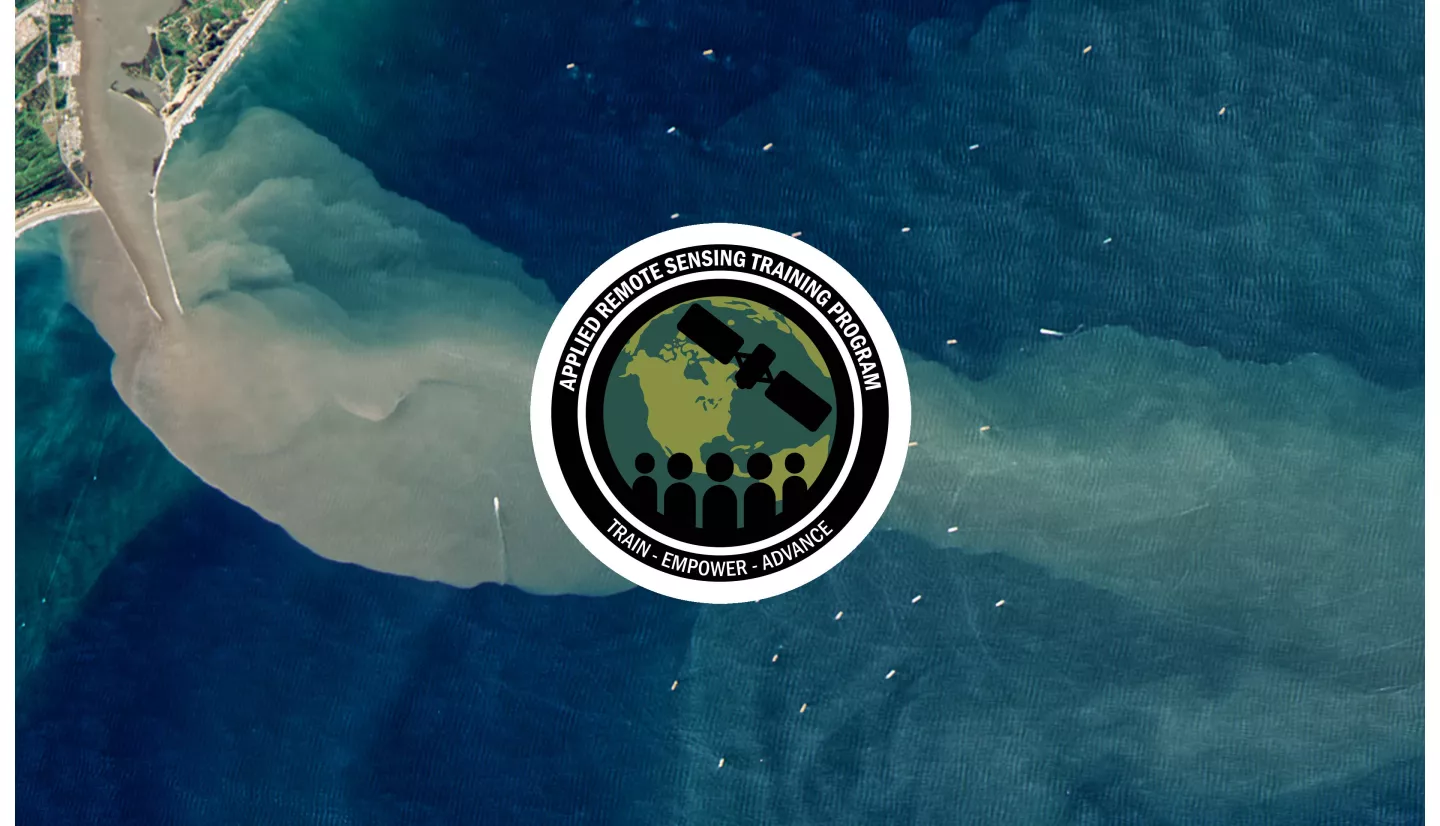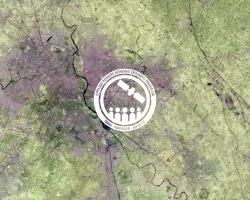Description
SeaDAS software, developed by the NASA Ocean Biology Processing Group (OBPG), is used in the processing, analysis, and visualization of satellite images. SeaDAS uses OBPG algorithms to produce water quality data and can be used to obtain water quality parameters from current optical sensors such as OLI (Operational Land Imager), MSI (MultiSpectral Instrument), OLCI (Ocean and Land Colour Instrument), VIIRS (Visible Infrared Imaging Radiometer Suite), and MODIS (MODerate resolution Imaging Spectroradiometer). SeaDAS can also be used to apply atmospheric correction and obtain remote sensing reflectance at the water surface level from these sensors.
This two-hour training will provide an overview and demonstration of the latest version of SeaDAS 8.4.1, which is useful for remote sensing of water quality monitoring. This training will also serve as a prerequisite for future ARSET training on remote sensing of water quality.

Prerequisite for Windows Users
In order to run SeaDAS 8.4.1 on a Windows machine, please see instructions here to install Docker, and follow this tutorial (time range 21.50 - 37.22 minutes).
Please direct all questions and support requests to the Earthdata Forum.
Agenda Presentation Slides Download Data and ExerciseHomework (Due: Feb. 29, 2024)
By the end of this training attendees will be able to:
- Identify expanded sensor data processing capability of the latest version of SeaDAS for sensors such as OLCI and MSI
- Use SeaDAS tools to analyze and visualize a water quality parameter, such as chlorophyll-a concentration, from Sentinel-3 OLCI for a given water body
- Improve awareness of the plans for incorporating future PACE (Plankton, Aerosol, Cloud ocean Ecosystem) data processing into SeaDAS
Local, state, and federal water quality managers, fisheries advisors, aquaculture managers, freshwater and coastal ecosystems managers, and academic researchers working on remote sensing of water quality.
- One 2-hour training session with live Q&A
- An identical session will be offered once at 10:00am-12:15pm and again at 2:00-4:15pm ET (only one of these sessions needs to be attended)
ARSET Instructor(s): Amita Mehta
Guest Instructor(s): Daniel Knowles Jr. (Programmer - SAIC/NASA Ocean Ecology Laboratory)
- Overview and Demonstration of SeaDAS Visualization Features
- Overview and Demonstration of SeaDAS Science Processors
- Tools for PACE
- Hands-on Exercise: Science Processing and Visualization
Materials:
- Presentation Slides
- Webex Navigation Information
- Download Data and Exercise
- Homework (Due Feb. 29, 2024)
- Q&A Transcript
Materiales en Español:



